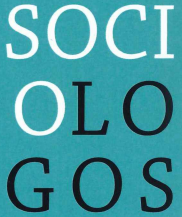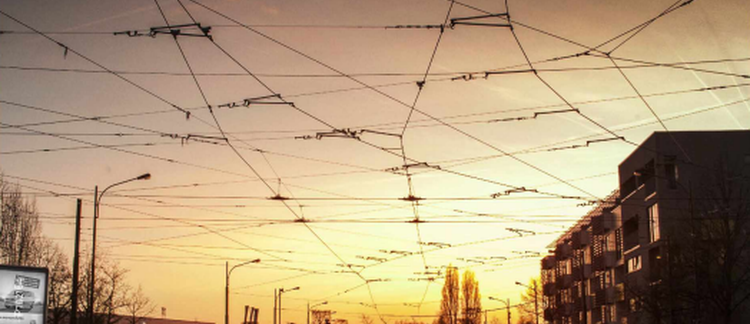Abstract
In this article we suggest Actor-Network Theory (ANT) as an alternative perspective on the object of social sciences and its practices. It is often stated that sociologists and social scientists have a ‘societal responsibility’, and that social sciences could provoke the societal consciousness by showing society a mirror image. Showing a state of affairs could urge politicians and other stakeholders in policy-making to take action. In this respect, the sociologist can only observe ‘what is’; although the positing of a state of affairs can start up a societal debate, the sociologists does not have a possibility to intervene. What the sociological imagination is capable of, is (re)presenting uncomfortable truths: description precedes intervention. Developing the ANT-perspective, we argue that this power of imagination can, however, be broadened when sociology undergoes a self-investigation. Sociological research is capable of altering reality: performing research is performative. This claim makes that the responsibility of the social scientist goes beyond just ‘showing’ societal problems by putting society in front of a mirror. Sociological description is in itself an intervention. We support these claims by giving three examples: the European Social Survey (ESS) performs the European Citizen, the data-infrastructure of Big Data challenges practices in the insurance market, and a controversy on a Belgian Voting Aid Application (‘Doe de Stemtest 2014’) makes clear that criteria of inclusion are never neutral.
How to Cite:
Meyers, G. & Van Hoyweghen, I., (2015) “ANT en de performatieve productie van sociale kennis”, Sociologos 36(2), 120–140. doi: https://doi.org/10.21825/sociologos.86879
Downloads:
Download PDF
View
PDF


